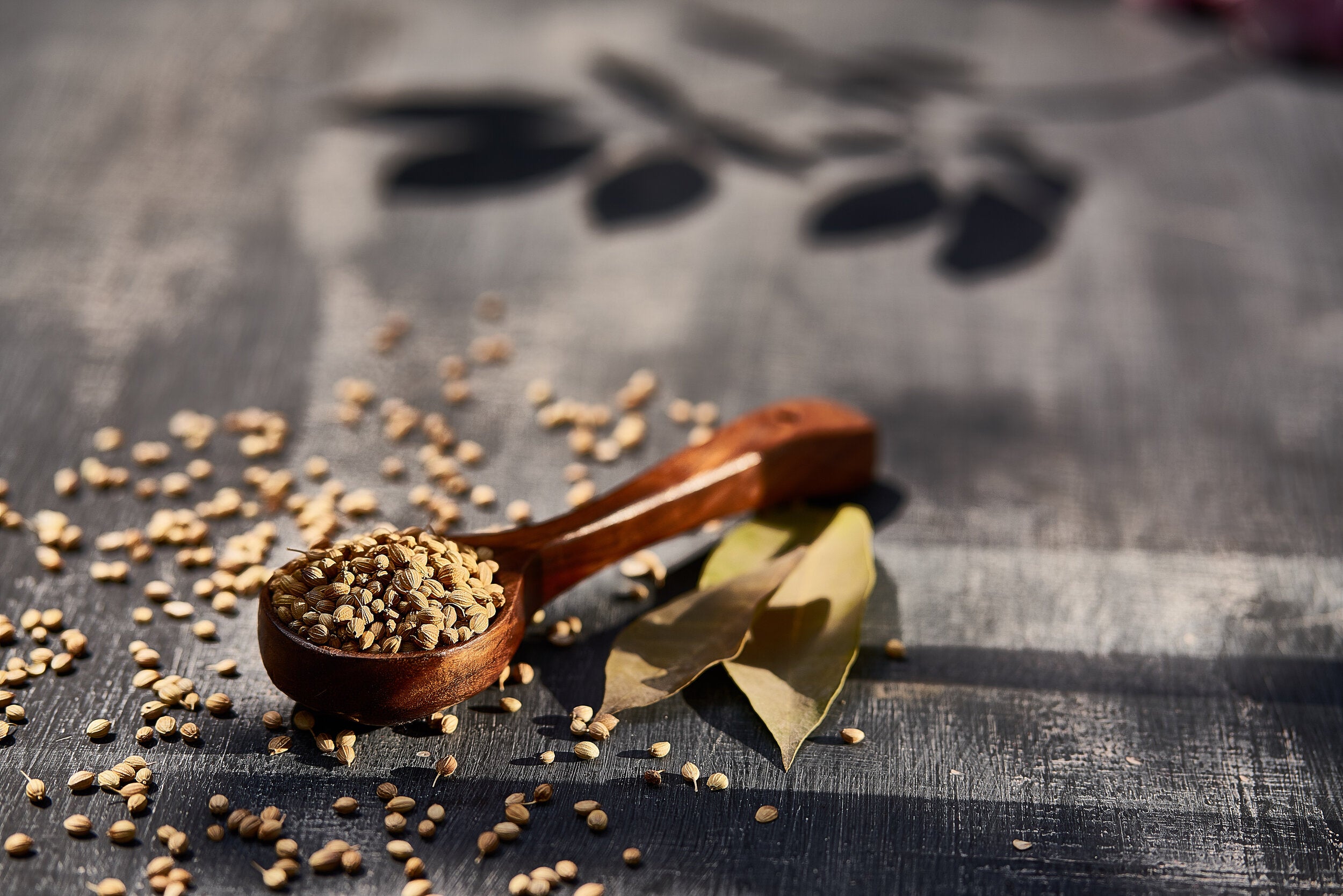
Making friends with kapha dosha is about embracing stability, compassion and even-mindedness. Cultivate balance in kapha and you experience the sweeter side of life.
Even if kapha is not a primary part of your constitution, the qualities that make up kapha (heavy, dense, cool, wet, soft) exist in you. Your body itself is made of kapha tissues such as bones, muscles and fat. Without the structure kapha provides, vata could not move and pitta could not transform. You need to maintain balance in all three doshas to enjoy true health in body, mind and spirit.
Kapha is strong and stable
Although kapha is associated with the gentle emotions that many of us want more of, this dosha is heralded for strength and endurance. People with primarily kapha constitutions are known to live long, healthy lives, so long as they maintain proper ahar (diet) and vihar (lifestyle). This is because of kapha’s close association with ojas, the substance that provides vitality and immunity in your body. A person with a balanced kapha constitution rarely gets sick and they are resilient when illness hits.
While kapha has fewer diseases associated with it than the other doshas, a significant form of imbalance, obesity, is predominant in today’s culture. The modern diet is fueling this problem at an unprecedented rate, yet we also live in a culture fixated on thinness. This creates a damaging dichotomy that causes great amounts of unnecessary stress and illness. The solution is balance -- you need the right amount of high-quality fat to protect your organs, joints and mental state, but not so much that your body has to manage the stress of carrying excess weight or becomes a storehouse of toxins. By making gradual changes in how and what you eat, you can nurture the right amount of life-affirming fat and keep kapha dosha’s structure strong.
A diet to balance kapha dosha
You have the ability to take back the reins of your diet and eat with ahimsa, or nonviolence, toward your body. Here are a few tips to bring to your dining table:
-
Avoid snacking between meals. Eating three meals a day is best for agni, digestive fire, which can be sluggish when kapha is imbalanced. If you feel pulled to eat all day, examine your attachments to food. Often, a desire to eat excessively is related to suppressed feelings. When you breathe and acknowledge how you feel, the feelings will pass, and so will the craving.
-
Stop eating at the first burp. When you slow down and chew your food with awareness, you’ll notice a burp that comes right when you have eaten the amount of food you can digest for that meal. We shared the benefits of stopping eating at the burp in this popular post, but one worth restating is that excess weight will fall off effortlessly.
-
Include warming spices, such as cinnamon, clove, and black pepper. Using moderate amounts of these spices in cooking will gently warm and invigorate kapha’s cool and heavy tendencies, strengthening agni and supporting your body’s ability to assimilate the nutrients from your food.
-
Reduce oil (but just slightly). Kapha has a lovely unctuous quality. If you have kapha imbalance, avoid excess oil (use about 1 to 2 Tbsp. per meal in cooking) that will aggravate it. If vata is aggravated, use a bit more high-quality oils, such as sunflower oil. No matter your state, avoid deep-fried foods. They will increase tamas, inertia and lethargy, which will weigh kapha down.
-
Reset agni regularly. When imbalanced, kapha can result in slow digestion. A weekly reset with kunyi and kitchadi (recipes here) gives your body what it needs without making it work too hard. Also, have a ginger appetizer before meals: Finely chop 1 tsp. fresh ginger and add a pinch of mineral salt and a few drops of lime. Chew this about 10 minutes before a meal to awaken agni.
-
Avoid cold dairy. Dairy is fine in small amounts as long as kapha is in balance. But cold dairy is never a good idea. Working with the principles of “like increases like, the opposite brings balance,” it’s easy to see how the heavy, dense and cold nature of dairy increases these same qualities in kapha, causing imbalance in the dosha.
-
Avoid sugary food. The effects of refined sugar are damaging to everyone, but sugar cravings are a sign of imbalance that often plagues the kapha constitution. You can enjoy smaller amounts of natural sweeteners, such as maple syrup or raw honey, as long as you are relatively balanced and don’t give in to cravings.
-
Lighten things up on your plate. Cutting out (or even just reducing) meat from your diet will improve digestion, reduce mental fogginess and heaviness in your body. Include lighter and drier foods, such as millet and quinoa and watch out for heavy food combinations, like nuts and beans or a large amount of cheese or wheat.
-
Balance kapha with bitter, astringent and pungent tastes. Kapha in excess can crave sweet, but it is important to maintain a balance of all six tastes. When kapha is in excess, increasing bitter, astringent and pungent foods will bring balance. Create meals with a 60:40 balance of sweeter, augmenting foods and bitter, pungent and astringent extractive foods (here’s a guide to know the difference). Reach for new tastes, like bok choy or dandelion greens, to complement the sweet potatoes and carrots on your plate.

Guide your community to heal and thrive with our online Ayurveda trainings. Begin anytime and learn at your own pace.
